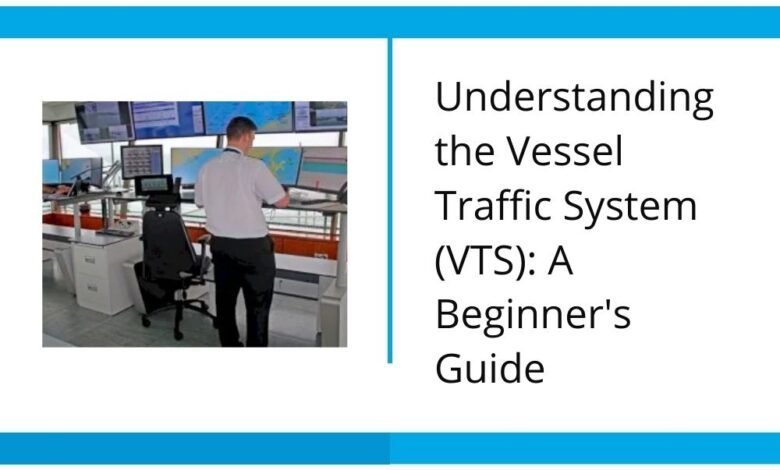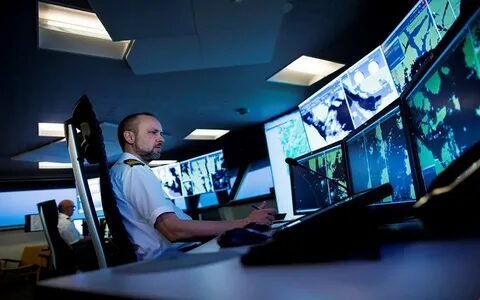Understanding the Vessel Traffic System (VTS): A Beginner’s Guide

Navigating through the vast waters of our planet, whether close to the coast or in the deep sea, is no small feat. It involves complex coordination, sharp skills, and most importantly, a robust system ensuring the safety and efficiency of maritime traffic. This is where the Vessel Traffic System VTS plays a crucial role. In this guide, we’ll break down what VTS is, its importance, how it works, and why it’s vital for both commercial and recreational maritime activities. Let’s dive into the world of VTS with simple, easy-to-understand language.
What is the Vessel Traffic System VTS?
A Simplified Definition
Imagine you’re driving on a highway. There are signs, signals, and rules to guide you and ensure safety. Now, think of the VTS as the “highway system” for ships and boats, but on water. It’s a service designed to oversee maritime traffic and help vessels navigate safely through busy or hazardous areas.
The Main Goals
The VTS aims to:
- Prevent accidents and ensure the safety of life at sea.
- Protect the marine environment from potential harm due to maritime activities.
- Assist in the efficient movement of traffic, making sure ships can go about their business without unnecessary delays.

The Importance of VTS
Safety is Key
The primary importance of VTS is safety. The sea can be unpredictable, and the risks are high. By monitoring and guiding vessels, VTS helps in significantly reducing the chances of maritime accidents, such as collisions or groundings.
Environmental Protection
Our oceans are precious, and any oil spill or marine accident can have catastrophic effects on marine life. VTS plays a critical role in preventing incidents that could lead to environmental disasters.
Smooth Sailing for Commerce
Many countries depend heavily on maritime trade. VTS ensures that commercial vessels can move smoothly and efficiently, avoiding delays and contributing to the global economy.
How Does VTS Work?
The Eyes and Ears of the Sea
VTS uses advanced technology, including radar, AIS (Automatic Identification System), and radio communications, to keep a watchful eye over maritime traffic. VTS operators monitor vessel movements and provide information, advice, or instructions as needed.
Communication is Key
Vessels in a VTS area stay in constant touch with the VTS center. They provide updates on their status and receive important information about other vessels, weather conditions, and any navigational hazards.
Making Informed Decisions
With the data gathered, VTS operators can guide vessels on the best routes to take, helping them avoid congested areas, potential dangers, or environmental sensitive zones.
Also read :- Understanding the Vessel Traffic System (VTS): A Guide for Everyone
VTS Across the Globe
Not a One-Size-Fits-All System
It’s important to note that VTS systems can vary from one country to another or even from one port to another. Each VTS is tailored to the specific needs of its location, considering factors like the volume of traffic, the nature of the cargoes, and the local maritime environment.
International Standards
Despite these differences, there are international guidelines set by the International Maritime Organization (IMO) to ensure that VTS systems worldwide maintain a certain standard, promoting global maritime safety and environmental protection.
VTS for All: Commercial and Recreational
Not Just for the Big Ships
While commercial vessels are the primary users of VTS, recreational boaters also benefit from the system. VTS contributes to a safer maritime environment for everyone, ensuring that leisure activities on the water can be enjoyed without compromising safety.
A Collaborative Effort
The effectiveness of VTS depends on the cooperation between VTS operators and vessel crews. It’s a two-way street where clear communication and adherence to instructions are vital for the system to work efficiently.
The Future of VTS
Embracing Technology
The future of VTS looks promising with continuous advancements in technology. From enhanced radar systems to AI-powered predictive analytics, the goal is to make VTS even more reliable and efficient.
The Human Element
Despite technological advancements, the human element remains at the core of VTS operations. The expertise and decision-making skills of VTS operators are irreplaceable, highlighting the importance of continuous training and development.
In Conclusion
The Vessel Traffic System (VTS) is a cornerstone of modern maritime navigation, playing a critical role in ensuring safety, protecting the environment, and facilitating efficient maritime traffic. Its significance cannot be overstated, and as technology evolves, so too will the capabilities of VTS, promising even safer and more efficient seas for future generations. Whether you’re a commercial mariner or a weekend sailor, understanding and appreciating the role of VTS can make your sea journeys safer and more enjoyable.
Note :- If you need more ideas about Vessel Traffic System VTS, you can find them on this midnu.com



